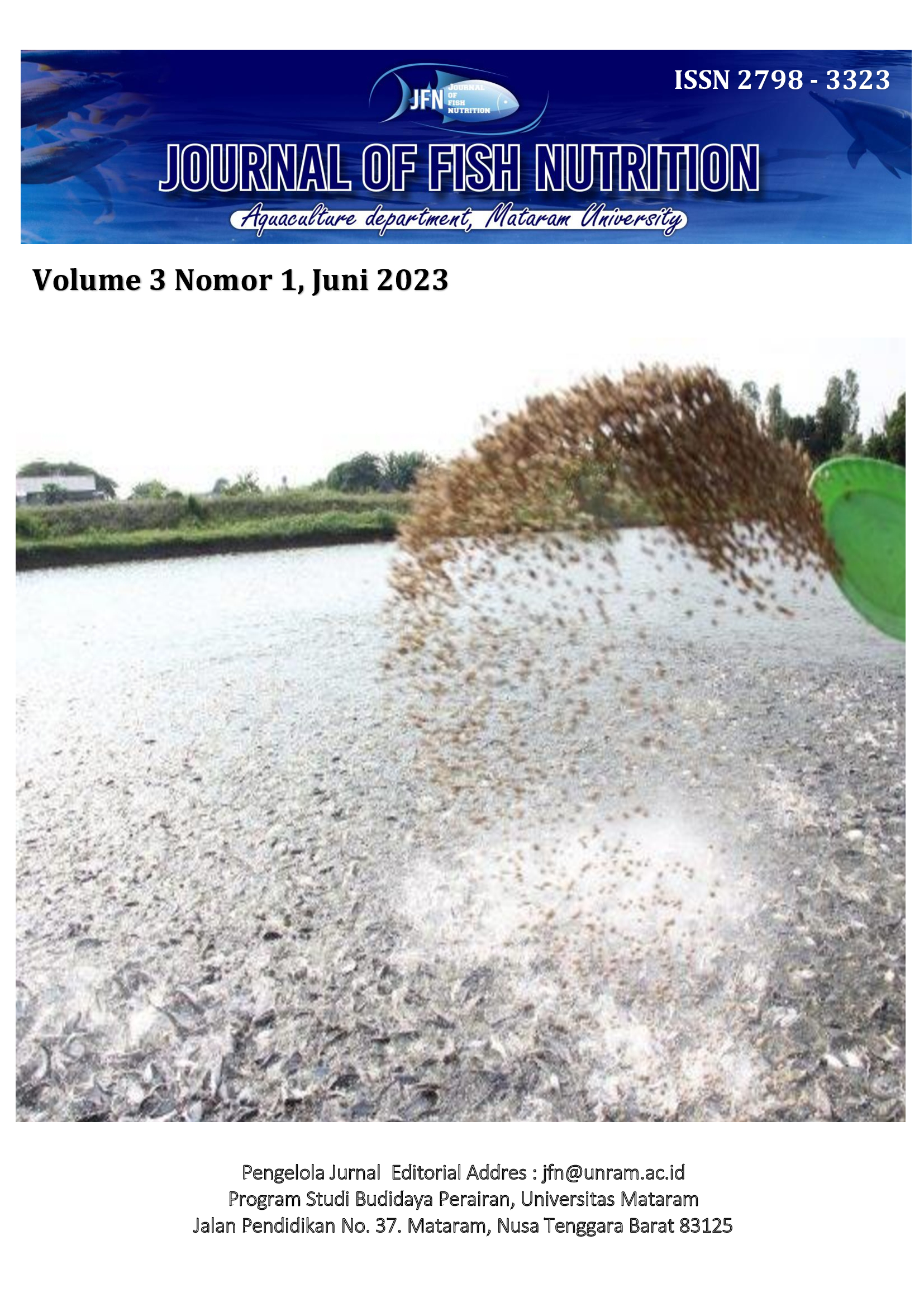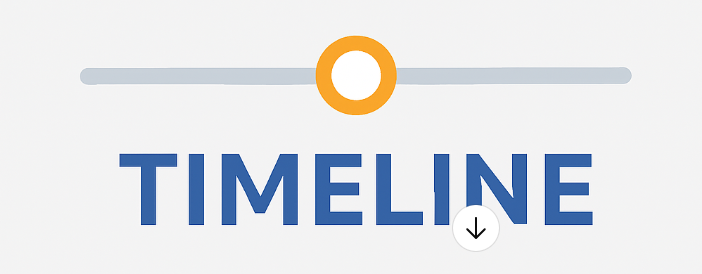The effect of the combination of snail flour in feed onthe growth of tilapia (Oreochromis niloticus)
DOI:
https://doi.org/10.29303/jfn.v3i1.1413Keywords:
Ikan Nila, tepung bekicot, pertumbuhanAbstract
ABSTRACT
Tilapia (Oriochromis niloticus) is a freshwater fish that is widely cultivated and favored by the community, while the demand for tilapia is increasing along with the increasing public awareness of consuming fish as a source of animal protein. This research was conducted by experimental method using a completely randomized design (CRD) with 4 treatments and 3 replications. The treatments given were: Treatment 1: 100% feed formulation, Treatment 2: 70% feed formulation + 30% snail flour, Treatment 3: 65% feed formulation + 35% snail flour and treatment 4: 60% feed formulation + flour snails as much as 40% Based on the results of research that has been done, it can be concluded that the P2 treatment feed gave an absolute weight growth of 20.23 grams, an absolute length growth of 2.56 cm, a specific growth of 4.33%, the best FCR of P2 was 0, 51% and the results of P2 feed efficiency were higher than other treatments, namely 200.08%. The survival of tilapia with the addition of snail flour at a dose of 30% resulted in an SR of 83.33%. The addition of snail flour to feed with different doses can affect absolute weight, SGR, FCR, and EPP, but does not affect the absolute length and survival of fish.
Keywords: Tilapia, Snail Flour







